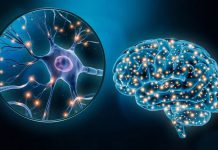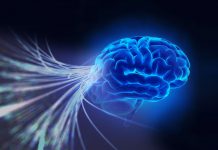Researchers at the University of Alberta have trained a machine-learning model to identify people with post-traumatic stress disorder (PTSD) with 80% accuracy by analyzing text data, according to Science Daily.
The researchers said the model could serve as an accessible and inexpensive screening tool for healthcare professionals in diagnosing PTSD or other mental health disorders using telehealth platforms.
Jeff Sawalha, a PhD candidate, who led the study, performed sentiment analysis of text from a dataset created by Jonathan Gratch at USC’s Institute for Creative Technologies.
They looked at the sentiment analysis that involves taking a large body of data, including their tweets, and categorizing them into positive thoughts and negative thoughts.
Sawalha said, “We wanted to strictly look at the sentiment analysis from this dataset to see if we could properly identify or distinguish individuals with PTSD just using the emotional content of these interviews.”
The text was gathered through 250 semi-structured interviews performed by an artificial character, Ellie, over video conferencing calls with 188 people without PTSD and 87 with PTSD.
Sawalha and his colleagues were able to identify people with PTSD through scores indicating that their speech featured mainly neutral or negative responses.
He said, “This is in line with a lot of the literature around emotion and PTSD. Some people tend to be neutral, numbing their emotions and maybe not saying too much. And then there are others who express their negative emotions.”
The study’s co-author Russ Greiner said the process is undoubtedly complex. “For example, even a simple phrase like ‘I didn’t hate that’ could prove challenging to categorize,” he explained.
However, the fact that Sawalha was able to glean information about which individuals had PTSD from the text data alone opens the door to the possibility of applying similar models to other datasets with other mental health disorders in mind, according to Science Daily.
He said, “Text data is so ubiquitous, it’s so available, you have so much of it. From a machine learning perspective, with this much data, it may be better able to learn some of the intricate patterns that help different people who have a particular mental illness.”
The researchers will now determine whether integrating other types of data, such as motion or speech, could help enrich the model. In addition, some neurological disorders like Alzheimer’s and some mental health disorders like schizophrenia have a strong language component, making them another potential area to analyze, Sawalha explained.























